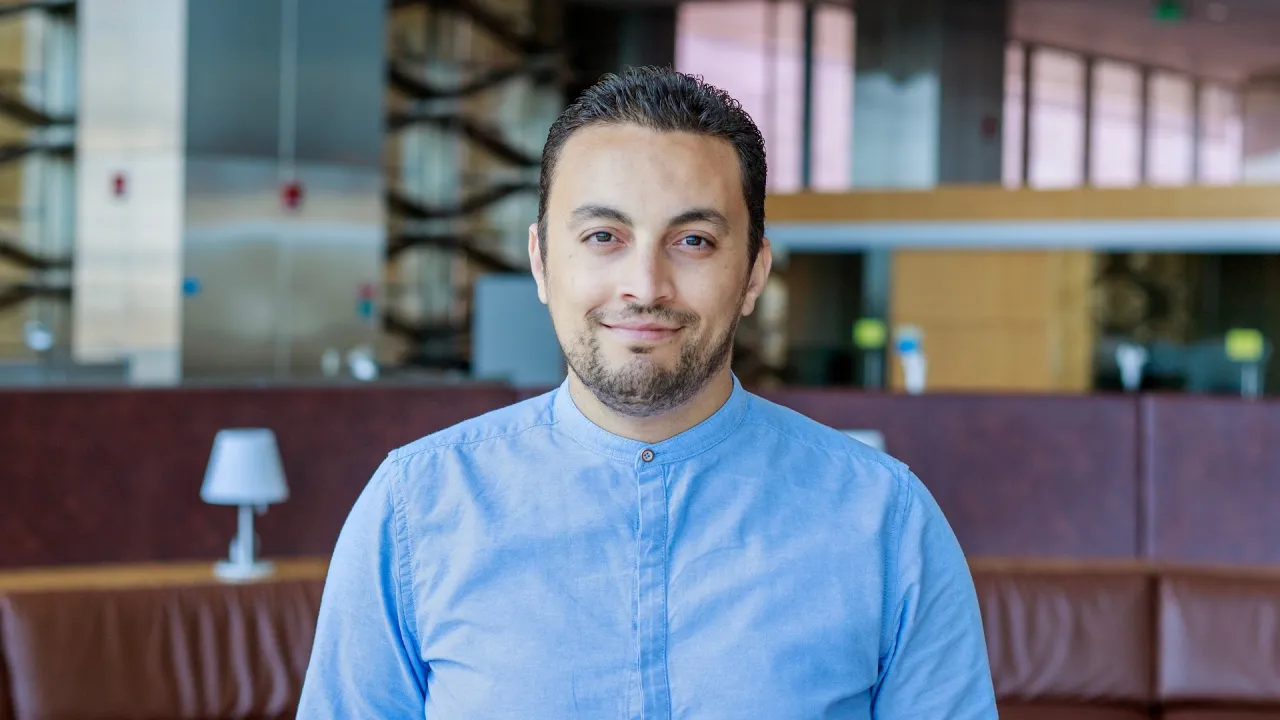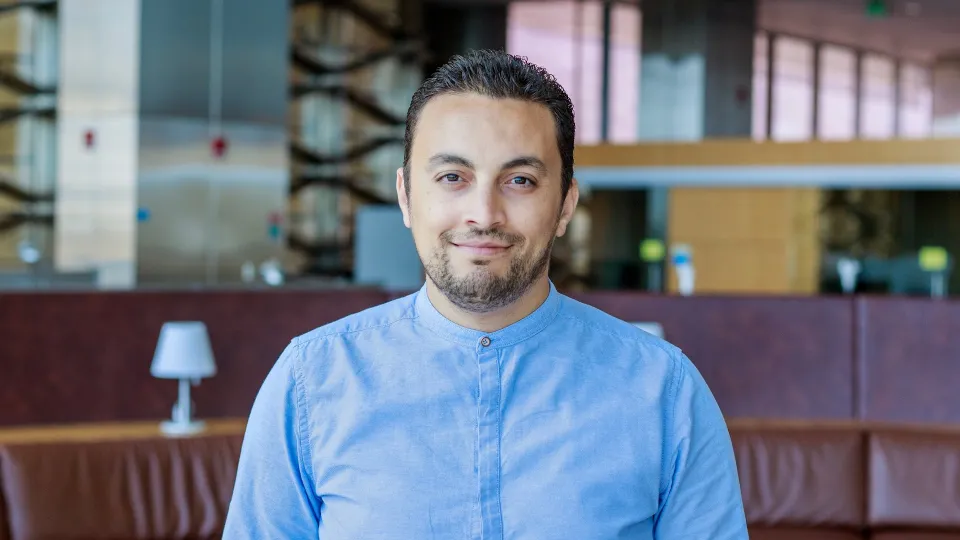
KAUST Ph.D. student wins Society for Industrial and Applied Mathematics award
Chiheb Ben Hammouda, a KAUST Ph.D. student in the University's Stochastic Numerics Research Group, recently won the best poster award at the Society for Industrial and Applied Mathematics (SIAM) Conference on Financial Mathematics & Engineering (FM19) held at the University of Toronto from June 4 to 7. His winning poster, titled "Hierarchical adaptive sparse grids and quasi-Monte Carlo for option pricing under the rough Bergomi model," is one of several research projects carried out by Ben Hammouda under the supervision of KAUST Professor Raul Tempone.
About
By David Murphy, KAUST News
Chiheb Ben Hammouda, a KAUST Ph.D. student in the University's Stochastic Numerics Research Group, recently won the best poster award at the Society for Industrial and Applied Mathematics (SIAM) Conference on Financial Mathematics & Engineering (FM19) held at the University of Toronto from June 4 to 7. His winning poster, titled "Hierarchical adaptive sparse grids and quasi-Monte Carlo for option pricing under the rough Bergomi model," is one of several research projects carried out by Ben Hammouda under the supervision of KAUST Professor Raul Tempone.
With a focus on research and practice in financial mathematics, computation and engineering, FM19 brought together mathematical scientists, computational scientists and researchers in finance and economics to build collaborations in the use of mathematical and computational tools in quantitative finance.
"For me, [the SIAM conference] was an opportunity to present our work; learn from financial experts from industry and academia about recent advances in mathematical finance; and also detect the current hot areas of research in this field with higher impact in the future,'' Ben Hammouda stated.
"Winning the best poster award at such a significant conference comes as a recognition of the high quality of the research that we produce in KAUST—and in particular in our research group," he said. "In fact, some of the numerical methods that we use in this promising work were a continuation of methods developed by some members of the Stochastic Numerics Research Group."
Creating novel and efficient numerical methods for pricing derivatives
Ben Hammouda's winning poster is based on the Stochastic Numerics Research Group's design of new efficient numerical methods for pricing derivatives under the revolutionary model in mathematical finance called the rough Bergomi model. The rough Bergomi model depends on only three parameters, and yet it is proven to be one of the best models mimicking market behavior. However, the model exhibits several numerical and theoretical challenges, implying classical numerical methods for pricing under the model being either inapplicable or computationally expensive due to the lack of regularity and high dimensionality.
"The efficient and accurate valuation of financial derivatives—for example, options—is one of the main tasks of computational finance," Ben Hammouda said. "Thereby, the fair value of a derivative is determined by the payoff structure of the financial product at hand and a suitable stochastic model for the financial market. Current challenges are more and more complex financial products, such as compound or multi-asset options, as well as sophisticated market models."
"The novelty and the contribution that we bring to this field is that we propose new pricing methods by combining smoothing techniques to uncover the available regularity in our problem and also hierarchical representations to overcome the high dimensionality that we face," he continued. "Our new methods are based on the adaptivity paradigm, sparsification and numerical smoothing techniques."
Read the full article

